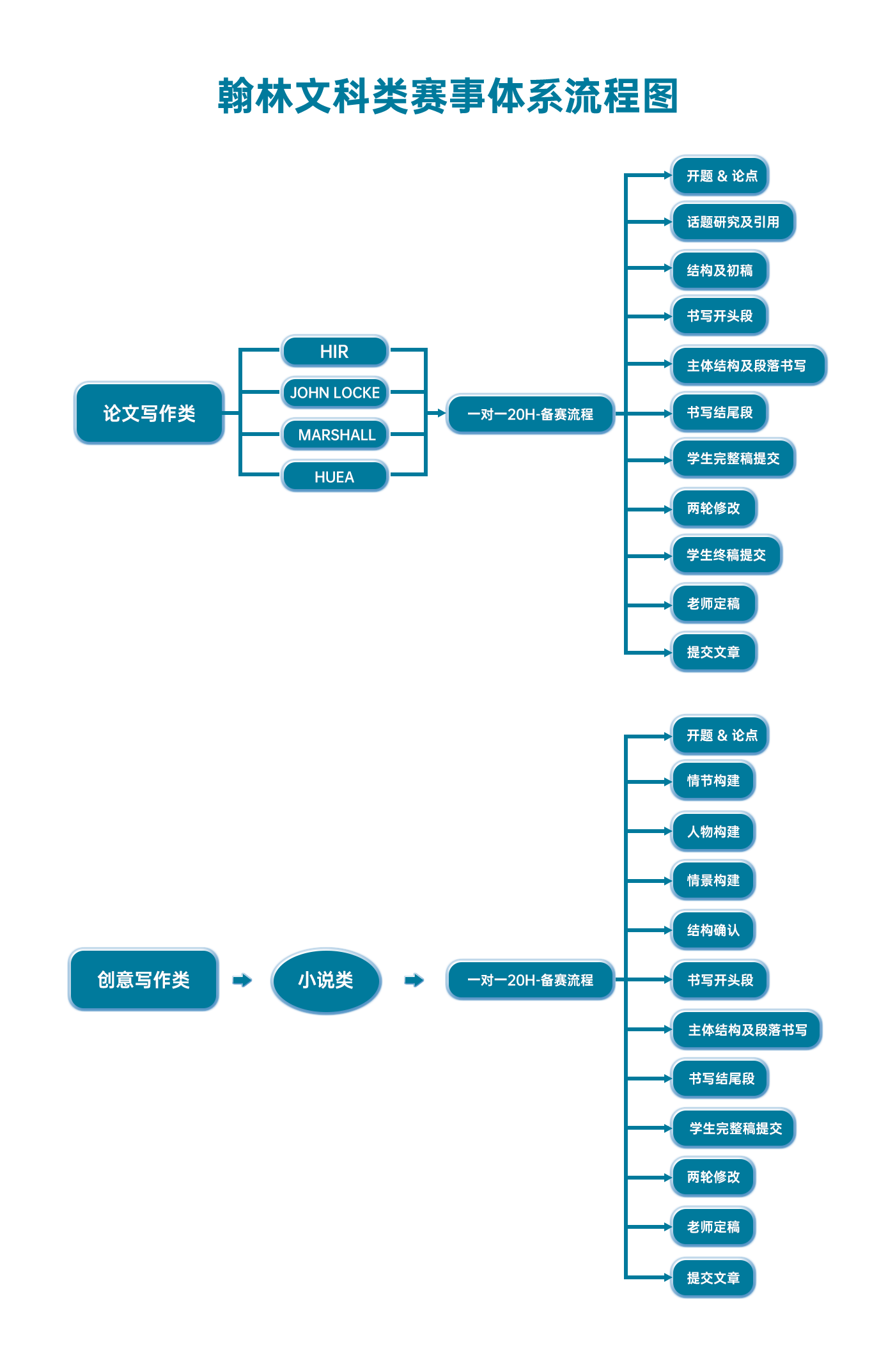- 翰林提供学术活动、国际课程、科研项目一站式留学背景提升服务!
- 400 888 0080
John Locke论文竞赛(附入围名单获奖范文)
John Locke论文学术活动由位于英国牛津的独立教育机构John Locke Institute组织。John Locke Institute的教授来自牛津大学、普林斯顿大学、布朗大学等著名大学。
在大赛中获奖,可以大大提升美国、加拿大、英国大学本科申请的竞争力。往年录取学生的大学包括普林斯顿、哈佛、耶鲁、斯坦福、芝加哥、牛津、剑桥、多伦多大学等世界名校。
来自所有国家和学校的学生都可以参加。比赛分为两个级别,一个是针对 15 至 18 岁的高中生,另一个是初级奖,主要针对 14 岁及以下的中学生。学生必须提交一篇少于 2000 字的议论文。
比赛的首要主题是:哲学、政治、经济学、历史、心理学、神学和法律。
12 年级的 Shrey 是去年最近被选为 John Locke 作文比赛经济学类别的决赛选手。
去年的经济学类别中的问题“我们应该废除最低工资吗?”让 Shrey 看到了思考经济政策的方式。实施这类政策的困难促使他更有热情地去研究这类议题。“这让我意识到我们面临的不平等和解决方案的必要性,这可能不利于自由市场的思维方式。我一直对写作充满热情,尤其是对实际问题的回应。”
在研究和准备论文时,Shrey 浏览了许多研究期刊和文章。“我最大的挑战是平衡经验材料和我自己的观点。尽管理论认为最低工资会导致失业,但它实际上提高了几个国家的就业率!”Shrey 说,他在文章中的结论是,尽管在一些发展中国家实施和执行存在困难,但不应废除最低工资,而是被使用和增加。
附上Shrey的优秀文章:
Should we abolish the minimum wage?
With the Biden-Harris executive order raising the minimum wage to $15 for federal contractors1, the debate has resurfaced in 2021. The minimum wage law is becoming a popular tool to address inequality and poverty. From 2010 onwards, diverse countries like Germany, Qatar, Suriname, and Korea2 have adopted minimum wage systems. In 2019, India extended coverage through a national universal minimum wage3, and the federal minimum wage floor was increased in South Africa4. An estimated 19 percent of all wage earners are paid at or below the applicable minimum wage5. Neoclassical economists argue that if the markets are perfectly competitive, any binding wage floor above the market clearing wage will unambiguously result in employment reduction6. However, empirical work suggests “a rather muted effect of minimum wages to date on employment”7. Moreover, the measurable positive impact of minimum wage on societal welfare and populist appeal leads governments to implement it more commonly. This essay will argue that currently, we should not abolish the minimum wage.
The arguments on minimum wage raised over the last three decades have oscillated between for and against, but Card and Krueger’s (1994) seminal study8 changed the tide in favor. The Organisation for Economic Co-operation and Development (OECD) published a Jobs Study report in 1994 recommending that countries “reassess the role of statutory minimum wages as an instrument to achieve redistributive goals and switch to more direct instruments9.” But after Card and Krueger’s work stimulated further research, the OECD stated in 2018 that “minimum wages can help ensure that work is rewarding for everyone” and that “when minimum wages are moderate and well designed, adverse employment effects can be avoided”10 . Similarly, in a 1992 survey, 79% of the respondents from the American Economic Association agreed that a minimum wage could lead to unemployment among young and low-skilled workers, but that number reduced to 46% in 200011.
Any clear negative impact of minimum wage on employment has always been “elusive” 12 and challenging to validate. This challenge may be because much of the labor market cannot be perfectly competitive like economic theory assumes. Firms have wage power in the monopsonistic labor market, so depending on wage elasticity of demand and marginal output produced by one additional worker, there is a range of wage floors for which employment may actually increase. In more concentrated labor markets, minimum wages have found to be having a positive employment effect13 - supporting the monopsony theory. Empirical research has shown that a fair minimum wage can increase regional employment14.
Raising the minimum wage introduces more workers to the labor force since it raises wages higher than the workers' reservation wages, as long as they have some bargaining power15 and the wage is not regressively high (i.e., causing disemployment). Moreover, it reduces worker turnover. Turnover has costs of skills acquired through training/work and costs of hiring a new worker. Minimum wages can curb worker exploitation, raise satisfaction levels and thus lower the turnover rate. Apart from reduced turnover, minimum wages can increase worker productivity by boosting morale and motivating workers, suggested by an empirical work in the UK’s residential care industry16. Employers may support this through more corporate investment in human capital17, since on-the-job training becomes more valuable with retained workers18. This boosted productivity can negate higher wage costs and keep profits relatively stable.
Commonly, employers will also pass on some of the additional wage costs by raising prices. This is true especially for industries with low elasticity of labor demand, like restaurants19 and retail stores. This policy may be regressive if products consumed by low-income households start facing growing prices20. However, empirical data suggested that a 10% minimum wage rise (from 1978 to 2015 in the US) only caused a 0.36% price growth21. Other works22 demonstrate similar regional effects. Recent research in Hungary studying the cost incidence23 has found an increase in the prices of goods and services, passing 75% of the cost incidence onto the consumer. The price rise was significant but could be since the wage hike in Hungary was atypically drastic24. In the UK’s residential care industry, prices have increased only slightly since the 1999 minimum wage policy25. Both studies showed that price increases were more noticeable in non-tradable sectors (such as restaurants or residential care) since tradable sector prices remain relatively stable due to substitutes26.
The Hungarian study also differentiated the effects between rich and poor cities. The income redistributive effects were more noticeable in affluent cities where wealth shifted from the wealthy to the minimum wage workers. In addition, recent empirical work in the US shows robust evidence that minimum wages have caused increased incomes at the bottom of the family income distribution27. Thus, like the other income redistribution mechanisms, minimum wage also helps to reduce inequality, but at the cost of small unemployment depending upon the minimum wage increment28.
2022年John Locke论文学术活动即将开始,报名通道已开启,欢迎扫码咨询~
还可【免费获取】全部获奖论文!

翰林文科学术活动课程体系流程图


早鸟钜惠!翰林2025暑期班课上线

最新发布
© 2025. All Rights Reserved. 沪ICP备2023009024号-1








